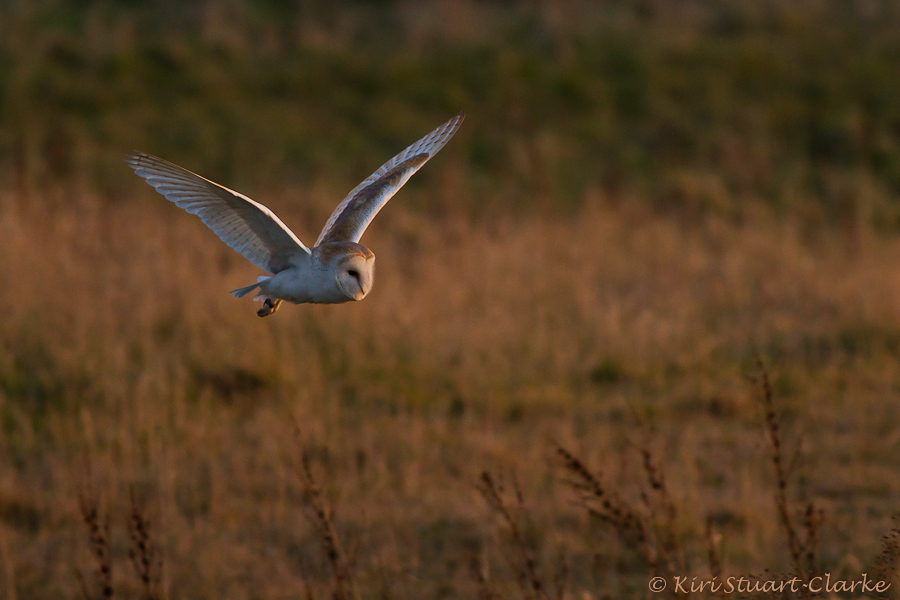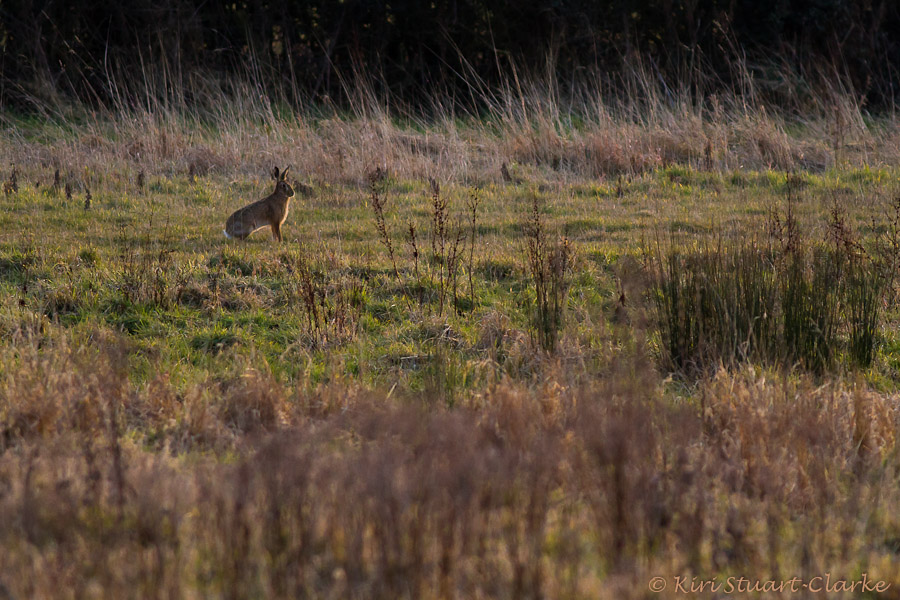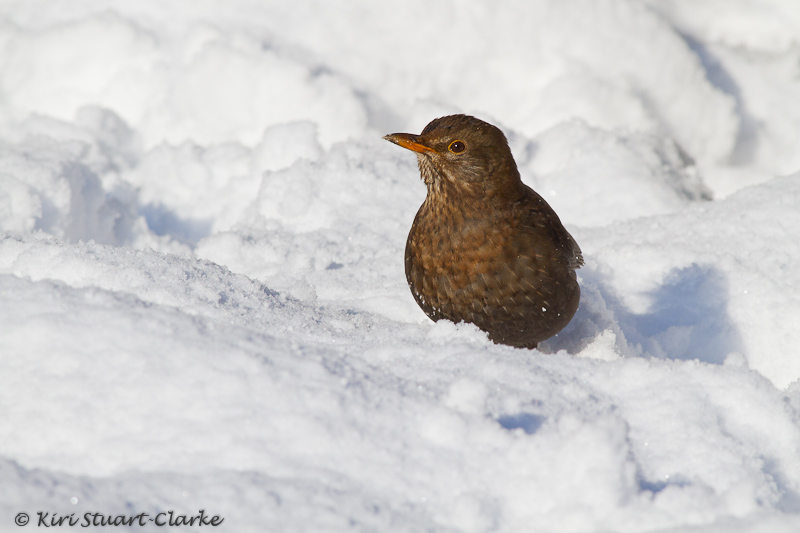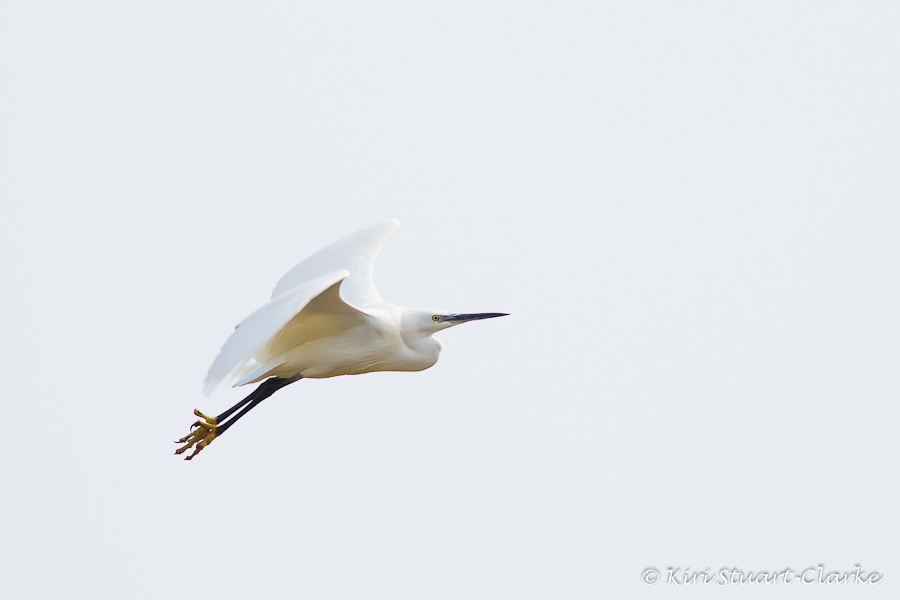 This little egret and I were each as surprised as the other when we suddenly came face to face when I walked round a bend in the path at my local North Norfolk nature reserve. I only had time to fire three shots off and got just this one sharp against a grey cloudy sky. He's been a resident all winter and I often see him on the same stretch of the river, but he's relatively shy. We have both permanent and migrant little egrets in the East of England so I very much hope he sticks around now spring is approaching. According to the RSPB little egrets are relatively recent permanent arrivals to the UK with the first breeding pair being recorded in Dorset in 1996.
This little egret and I were each as surprised as the other when we suddenly came face to face when I walked round a bend in the path at my local North Norfolk nature reserve. I only had time to fire three shots off and got just this one sharp against a grey cloudy sky. He's been a resident all winter and I often see him on the same stretch of the river, but he's relatively shy. We have both permanent and migrant little egrets in the East of England so I very much hope he sticks around now spring is approaching. According to the RSPB little egrets are relatively recent permanent arrivals to the UK with the first breeding pair being recorded in Dorset in 1996.
Photo Blog
I love observing nature through the changing seasons both in my Norfolk wildlife garden and the surrounding countryside. I blog about wildlife gardening as well as about Norfolk butterflies, wildflowers and other flora and fauna that I come across. Bookmark my Norfolk nature photo blog to keep up to date with my photographic adventures.
Meet the neighbours
Its been quite a grey and leaden-skied February and my photography teaching has been keeping me busy. Back at our new ranch to be we have planning permission and are excited to see diggers and cement mixers arriving at the house. We're also talking to a local landscape designer about turning the large plot into a wildlife garden complete with pond and meadow so things are looking promising. Our new home to be is not far from the Nar Valley Way and I've been visiting it a fair bit to familiarise myself with my new neighbourhood. On the way home I spent a little time in a nearby meadow and saw a few of our new neighbours - a beautiful barn owl and brown hare...
Winter Arrives
Just as we were being lulled into the idea of a mild winter, the snow struck, and with avengeance. In rural mid-Norfolk we've been experiencing night temperatures of minus 12 or so, making it extra tough for birds to survive. I put out extra food and make a point of melting the bird bath as its also important that the birds are able to find fresh water to drink and keep clean, and salt puddles of melted snow water on the roads is not a good option. Here's a picture of one of about 7 blackbirds that visited the garden simultaneously. Many garden birds are highly territorial, so I was careful to spread the food out in patches which helped keep squabbles to a minimum and save precious energy.
Happy New Year
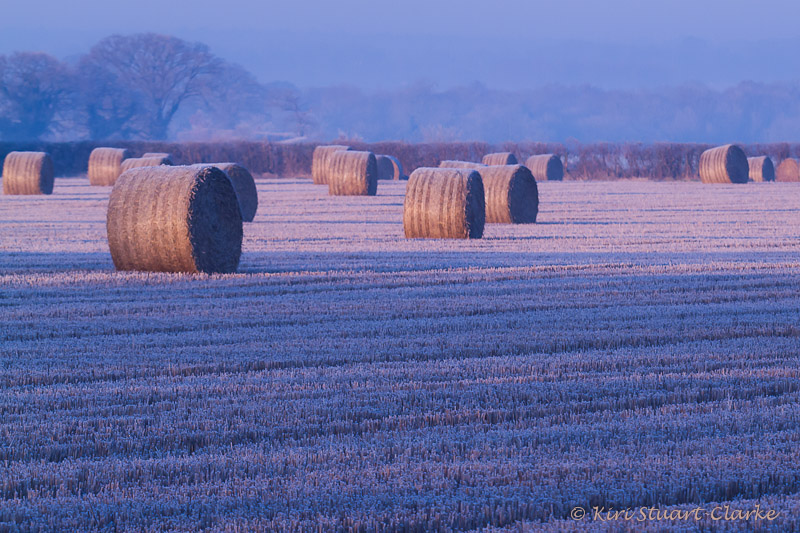 The brief hiatus of Christmas and the end of a year always makes me a little introspective and thoughtful, of both what has gone and what lies ahead.
For me, 2012 was a year of upheaval and transformation and in many ways quite a challenging year, leaving my beloved Ridgeway behind in Oxfordshire to start a new life here in Norfolk.
The brief hiatus of Christmas and the end of a year always makes me a little introspective and thoughtful, of both what has gone and what lies ahead.
For me, 2012 was a year of upheaval and transformation and in many ways quite a challenging year, leaving my beloved Ridgeway behind in Oxfordshire to start a new life here in Norfolk.
The changes it brought now see me based in a new, yet familiar, part of the world. One that I am rapidly growing to love, as indeed I knew I could, and one that has led me to form solid foundations from which I can build my new home and new life. I'm very much looking forward to putting down my roots and establishing my new life here in Norfolk
It seems that the theme of change and transformation will certainly be continuing with me into 2013, for the first quarter at the very least, with work to renovate and transform my new home set to begin soon and coinciding with the launch of my new photography business.
I certainly will not be bored!
A Berryless Holly This Christmas
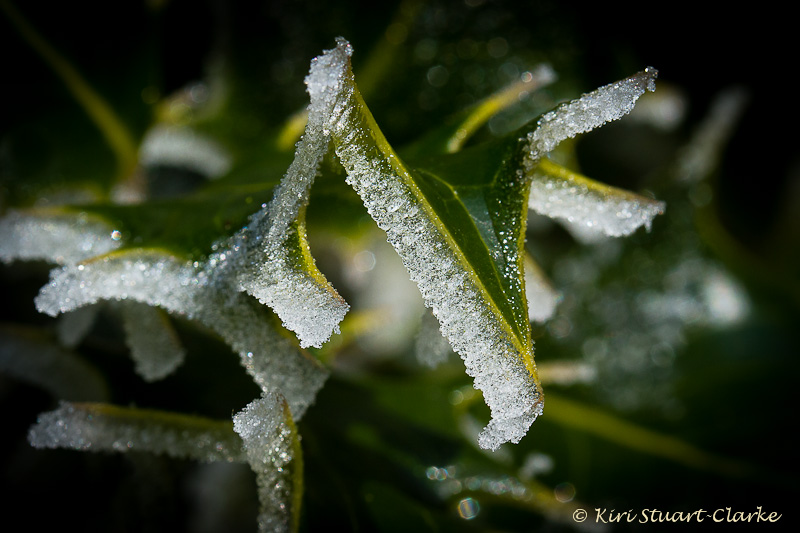 There was a specific image I'd had in mind to post for this month ever since my move to Norfolk in February, which was of a frosty holly packed full of beautiful red berries taken in the plantation where I often walk my dog which is a copse full of holly as well as oak and beech.
There was a specific image I'd had in mind to post for this month ever since my move to Norfolk in February, which was of a frosty holly packed full of beautiful red berries taken in the plantation where I often walk my dog which is a copse full of holly as well as oak and beech.
Well it seems both frosty days and, more worryingly, berries are in short supply. When I first started to notice the absence of any bright berries I put it down to the unusually mild Autumn we've had with lots of rain but little in the way of true wintry weather and assumed the harvest would just be a little late.
But it is now only 4 days away from Christmas and still only one or two bushes in the whole copse have berries, and even then it is very often just a sad, small, lone anaemic-looking berry.
This year Norfolk again had very high numbers of seasonal migrants and waxwings due, it is believed, to a berry/fruit harvest failure in Scandinavia. If my fears are realised and our berries have indeed failed too, then it may well be a tough Christmas for many of our over wintering birds and they will need all the help they can get.
In Remembrance
On remembrance day.
Autumnal Change
As the seasons are finally turning things are changing in my life too. I am finally taking my first steps into photography tutoring and its a wonderful reminder of the creativity that taking up photography as a hobby can unlock in people. It put me in mind of the period when I was still very much on the steep part of my learning curve and was starting to experiment with my camera. This was a shot taken in Scotland trying to evoke the essence of autumn.
Chalkhill blue butterfly on ragwort
[singlepic id=335 w=800 h=0 float=center] One species of butterfly that seems to be faring well despite the awful summer we've been having is the chalkhill blue butterfly. It is no small irony that after living at the bottom of the Ridgeway National Trail for nigh on four years, my first sighting and image of a chalkhill should be taken in Norfolk instead! Its not a butterfly you would expect to find in Norfolk; as its name suggests the chalkhill butterfly is a lover of warm chalk and limestone hillsides. Its caterpillars are accompanied by ants and the adults favour knapweed and other purple flowers as a nectar source. It is a real testament to the rich diversity of habitats in Norfolk that such a thriving colony exists here and long may it remain so. More of my images of chalkhill butterflies can be seen in my lycaenidae butterfly gallery.
Water Meadow Wildlife
[singlepic id=323 w=350 h=0 float=left] One of the most challenging things about relocating to Norfolk has been having to seek out new wildlife havens.
After four years in Oxfordshire I had finally begun to get a really good feel for nature in my the "local patch" through the seasons and which places to visit when.
Starting all over again in a new environment with very different habitats and species has been a little daunting at times, but is also very exciting.
I have been discovering that Norfolk, known for being "big sky" county, is far from being just flat plains and wetland; there is a suprising variety of habitats including heathlands, forests, water meadows, golden beaches, dunes and coastal saltmarshes as well as the famous broads, marshes and fens.
My explorations are starting to yield dividends though and I passed a pleasant sunny (yes, sunny!) evening in golden light at a nearby water meadow.
In just a few hours I had sightings of barn owls, a little owl (my second sighting of a wild little owl and giving me my first ever photo) as well as a roe deer, grey heron and a kingfisher.
Promising indeed....
[nggallery id=38]
Ringlet Butterfly Surviving Showers
[singlepic id=259 w=800 h=0 float=center] In between the showers I've been venturing out to try to find butterflies that are surviving the difficult summer we are having. One species that seems to be faring well are ringlets, a new species for me that I've seen only since moving to Norfolk. In the last couple of weeks there have been several sites where there have been large emergences and I've counted over 30 individuals in a short walk.
July Rainstorms
[singlepic id=242 w=700 h=0 float=center] Thanks to arctic meltwater and the jetstream we look set to break the record for the wettest July in history as well as the wettest June. Its not just humans that are affected by these unusual weather patterns though. This buff-tailed bumble-bee got caught out in a torrential downpour and became soaked through. Wet wings make it impossible to fly and, being cold-blooded, warming up enough to dry out properly in cool conditions can be quite a challenge.
At one stage the bee was hanging precariously off the lavender stalk due to the weight of the rainwater. Eventually though he managed to separate his soaked together wings and start vibrating them to shake off the moisture and warm up his body temperature. A thorough groom and sunbathe later a very clean, fluffy bumble-bee was refuelling his energy reserves by drinking nectar from the lavender flowers.
[nggallery id=33]
Four-spotted Chaser Dragonfly
In between the summer storms we've been having I made a quick dash over the the Norfolk Broads in my first attempt to see a Swallowtail butterfly. I had no joy on the lepidoptera front, but did get to see my first ever Four-spotted Chaser dragonfly, Libella quadrimaculata, which was busy egg-laying in a pool.
According to the British Dragonfly Society, Four-spotted Chasers prefer shallower bodies of water with good emergent vegetation and areas of clear water and are widespread across the UK. Named after the striking dark spots half way along its wings, there is a rare form called prenubia that has an additional dark mark on the end of the wings. Both males and females have a similar appearance and their dark appearance makes them well-suited to Britains cooler climate. On the continent the species is cyclically migratory and occasionally vast swarms can be seen, while this is very rare in the UK, the species is a wanderer which has no doubt aided its distribution.
Four-spotted Chaser dragonfly female perched on reeds against a deep blue background at Strumpshaw Fen
Courtship Dance
I'm not really a birder, but the hive of activity that is an island seabird colony in peak summer mating season is an impressive sight to behold, and the Farne Isles in Northumbria is one of the best places in Britain to witness the spectacle. No sooner than I scrambled precariously over the bow of the boat onto Staple Island, my senses were bombarded by a cacophony of seabirds, all frenetically busy mating and raising their young, and the pungent smell of guano. Atlantic puffins are iconic and utterly addictive to watch as they phlegmatically return after each fishing trip, beaks full of sand eels back to their burrows to feed their chicks, running the gauntlet of the herring gulls on the way. But my most memorable experience of the trip was something very different. A few hundred metres further back I found a timber viewing platform and I settled down to watch the nesting guillemots, razorbills and European shags on the cliff edge. I found myself fascinated by the courting and nesting behaviour of the European shags. I watched one proudly bring a large stick to its partners nest and them interact with its female partner in a beautiful and tender courthsip dance which was suprisingly touching to observe. Not a great deal is known about mating behaviour in Europhean shags, but the courting ritual is highly important in partner selection and the pair I oberved seemed, to my eyes at least, to be forming strong emotional bonds of attachment. Watching scenes like those makes me wonder just by how much human beings are underestimating the sentience of fellow animals on planet earth.
[singlepic id=231 w=700 h= float=center]
To view all of my seabird images from the Farne Islands select the image gallery menu option The Farne Islands
A Tale Of Two Butterflies
At last, belatedly, the butterfly season has arrived. My first butterfly photo of 2012 was of a Grizzled skipper, Pyrgus malvae, a relatively rare species, particularly so as far north as Norfolk and a new butterfly species for me. Its the earliest skipper butterfly to appear, and rarely visits flowers, instead it stays close to the ground basking. Wild strawberries are one of the favourite foodplants of their caterpillars.
My second was an Orange-tip butterfly, Anthocharis cardamines, which seems to have been faring well in recent years and has increased its range. Though they're far from scarce, I'd never seen an Orange-tip butterfly until I moved to Oxfordshire and I still have a soft spot for them.
Its been interesting to note how much later spring arrives in Norfolk than it did back in Oxfordshire. I saw my first Orange-tip butterfly at Whistley woods on 12th April but they didn't emerge in my patch of Norfolk until exactly a month later, the 12th of May. It will be interesting to see how the wettest April for some time will affect the butterfly population, which suffered last year from the impact of a very dry sunny spring. Time will tell..
Orange-tip butterfly, Anthrocharis cardamines perched on dainty white Cow parsley, Anthriscus silvestris flowers
Spring Wildflowers
Nature has been capricious this spring with early promises of warmth vanishing back into chilly weather and rain, which of course we need badly. Nonetheless spring flowers have still been emerging and are still a sign of better weather to come..
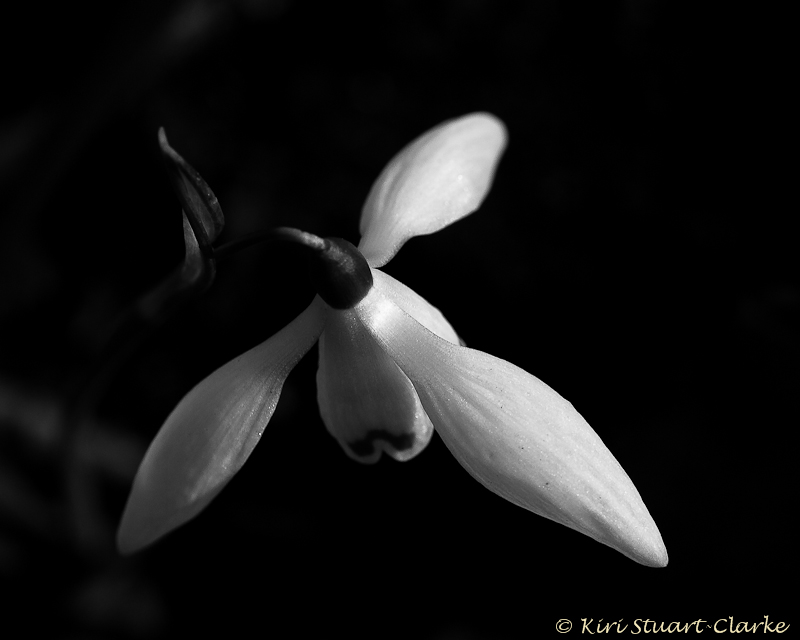
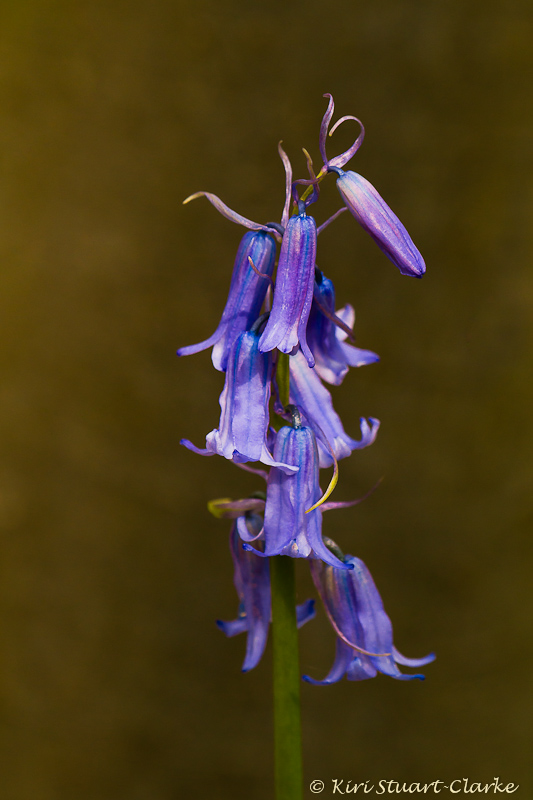
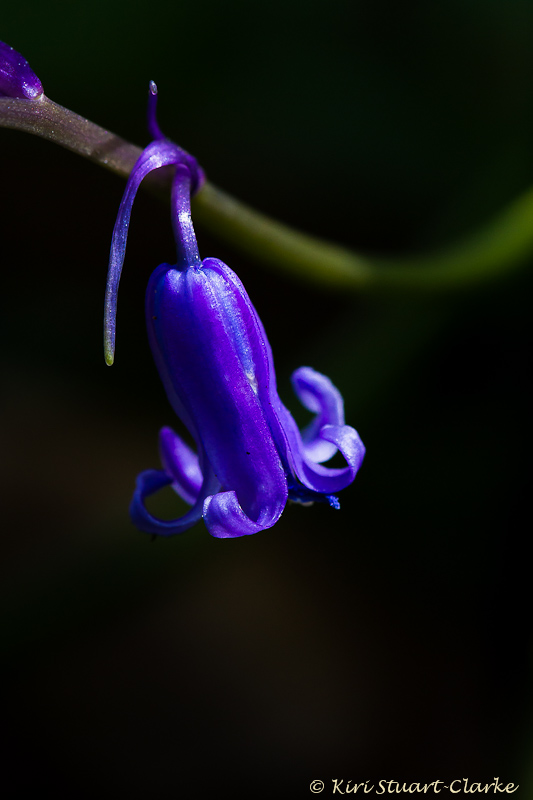
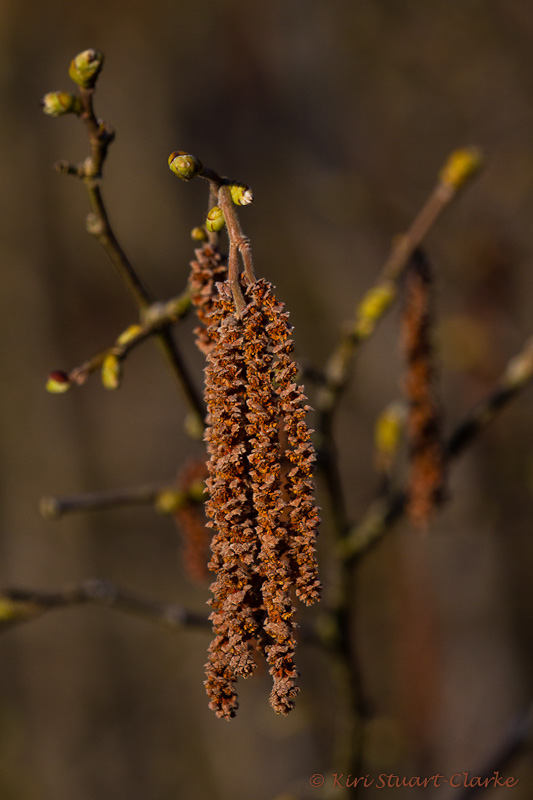
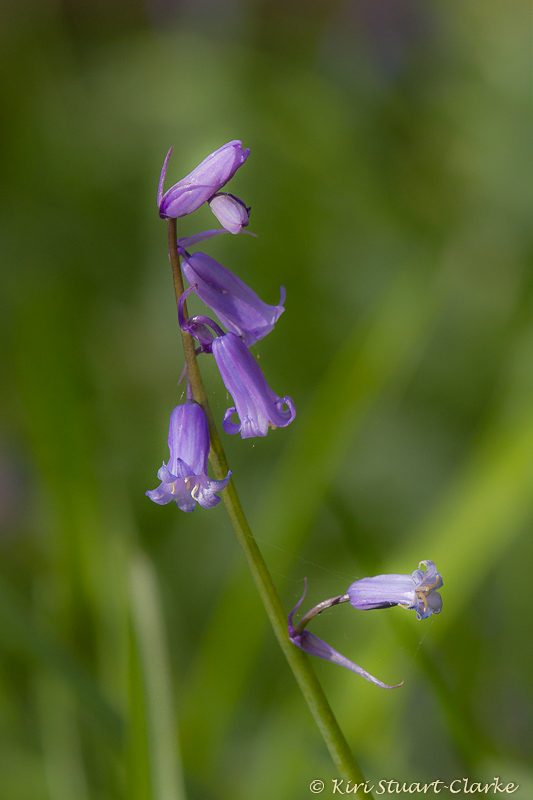
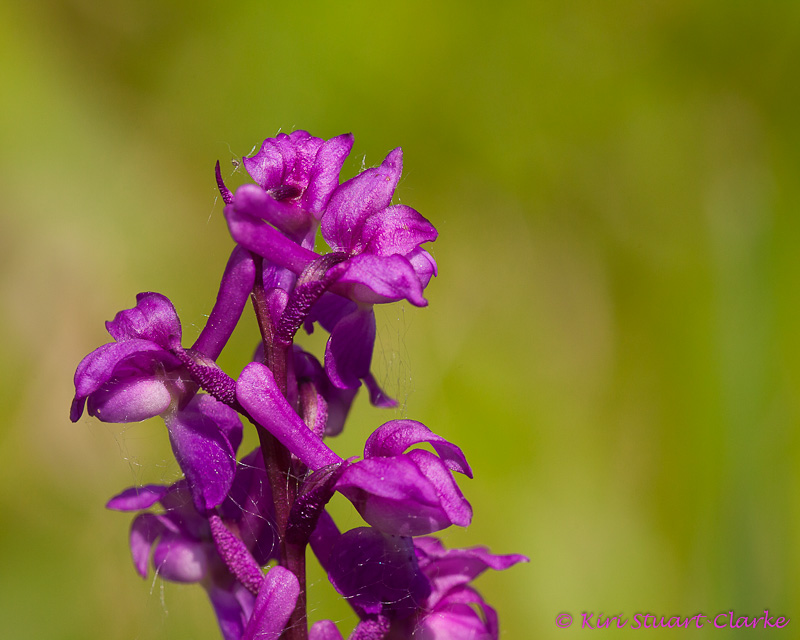
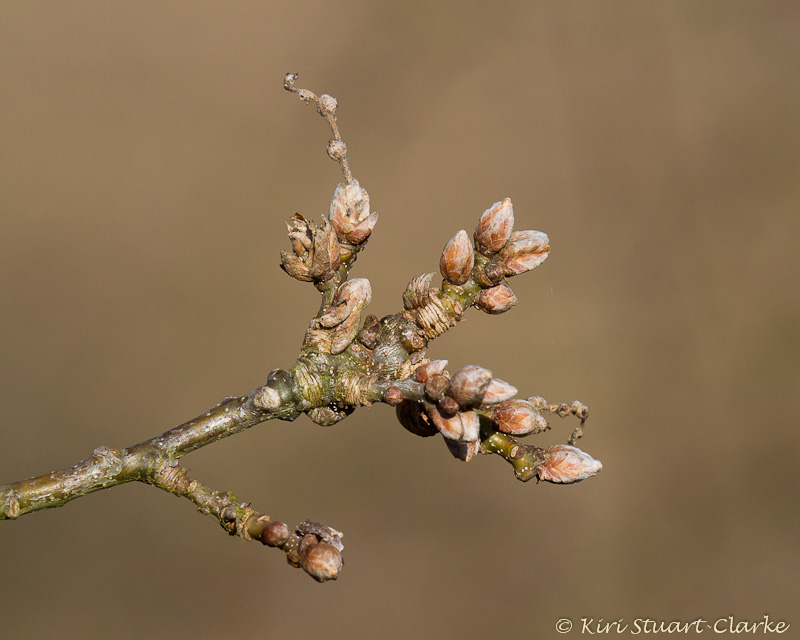

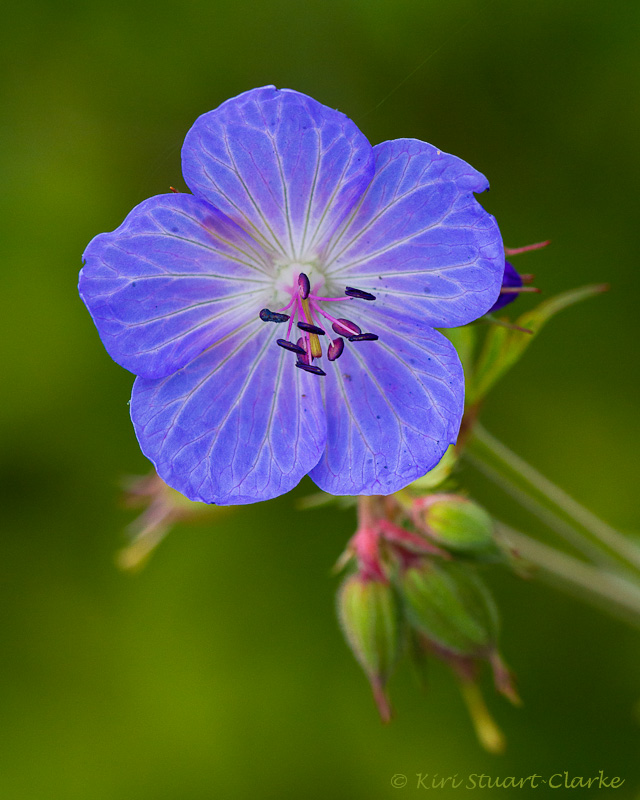
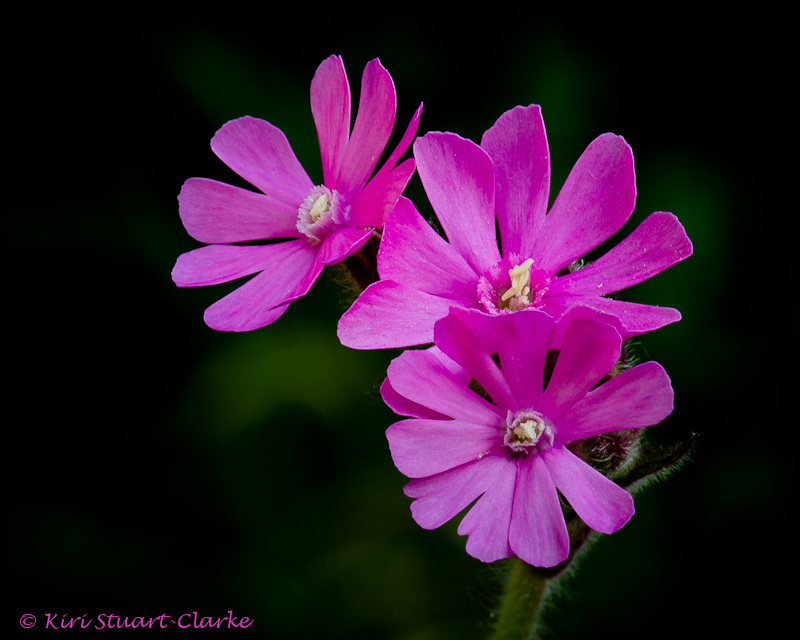

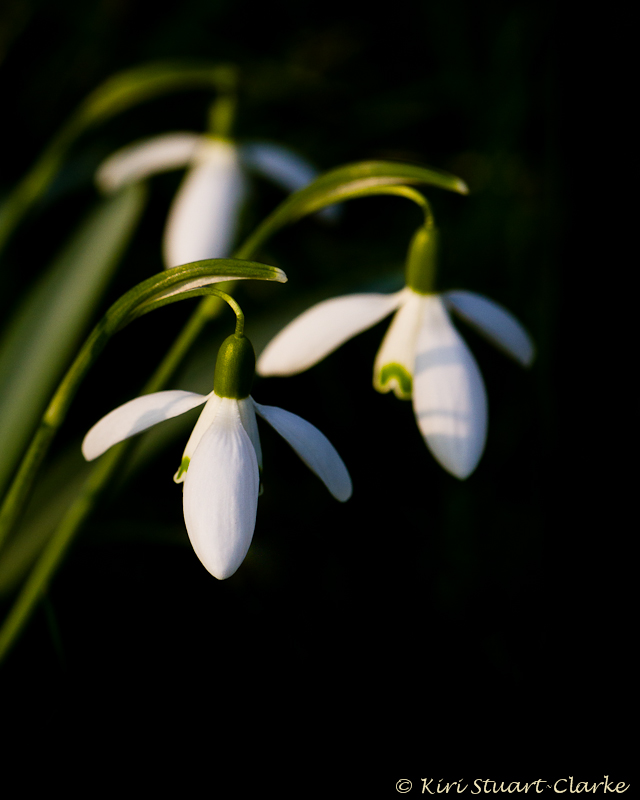
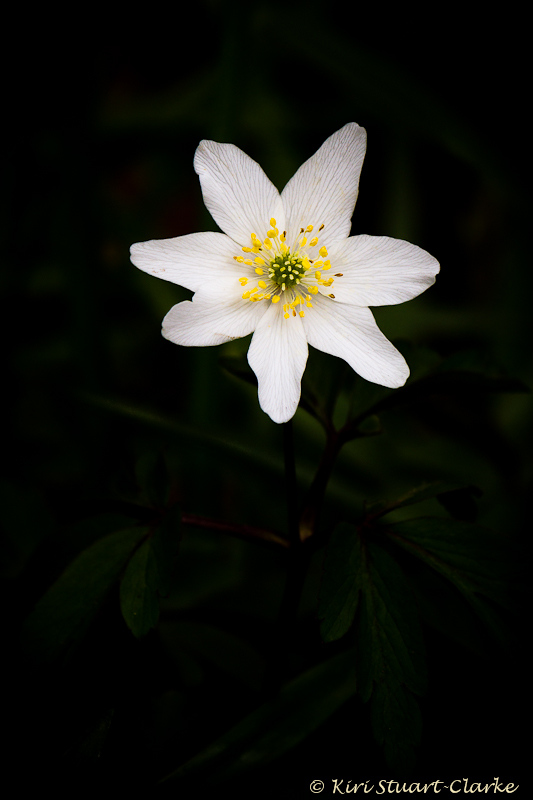
Spring Is in The Air
At last we are having some brighter warmer days and it feels like Spring is just around the corner. Norfolk seems to be quite a hotspot for common toads, and they have been very busy in my neck of the woods...
[singlepic id=165 w=700 h= float=center]
Farewell to Oxfordshire
Well I had to move quite suddenly away from Oxfordshire to the county of Norfolk. This is a quick, belated post to say farewell to the county that brought me back to nature and introduced me to wildlife photography. I will miss the rolling open countryside and the shadow of the Ridgeway on my dog walks greatly. Although I only lived near South Oxfordshire's chalkhill downland for four years it became a true home for me and it will always have a place in my heart. During some of my farewell walks in my favourite places I was lucky enough to catch a glimpse of short-eared owls and a beautiful brown hare silhouetted against the skyline, so I leave Oxfordshire with those images as a beautiful memory.
[nggallery id=22]
Ural Owl In Snow
We've had an exceptionally mild winter so far, but in December 2010 Britain was covered in snow. This photo of an adult Ural Owl on a snow covered branch was taken at the Hawk Conservancy Trust mid last Decmber. Ural Owls are predominately creatures of the northern boreal forests and very used to snow, though there are smaller Ural Owl populations in the mountain forests of Southern Europe. They are closely related to Tawny Owls; both species are highly territorial and have a fierce reputation for aggressive behaviour.
Ural Owl, Strix uralensis, perched on a snowy branch
Since my wintery Ural Owl shot was taken, I have been fortunate enough to see and observe (from a safe distance!) an adult Ural Owl watching over its young fledgling in the mosquito-drenched Finnish midsummer.
Ural Owl chick in the Finnish forest
Royal Tern Feeding Fledgling
Sea birds are one of our favourite birdwatching species in Britain and in November I took a much needed trip to Fort Myers in Florida and spent a lot of time bird watching and of course photographing on Sanibel Island as well as in their famous Ding Darling Preserve. My highlight from the trip was undoubtedly a day on Bunche Beach where a tern colony consisting of Royal terns, Sandwich terns and Forster's terns had all set up camp for winter.
Many of the birds were fledglings still being fed by their parents. It was great to see the hustle and bustle of the tern colony with individuals taking off and returning from their feeding trips.
One of the Royal tern fledglings was floating on the water and from the corner of my eye I saw one of the adult Terns returning with a fish fly in towards him. The adult swooped in until his feet dipped in the water and transferred the fish into the hungry youngster's gaping beak before agilely lifting off again for another hunting expedition. It all happened in a few seconds and was incredible to watch.

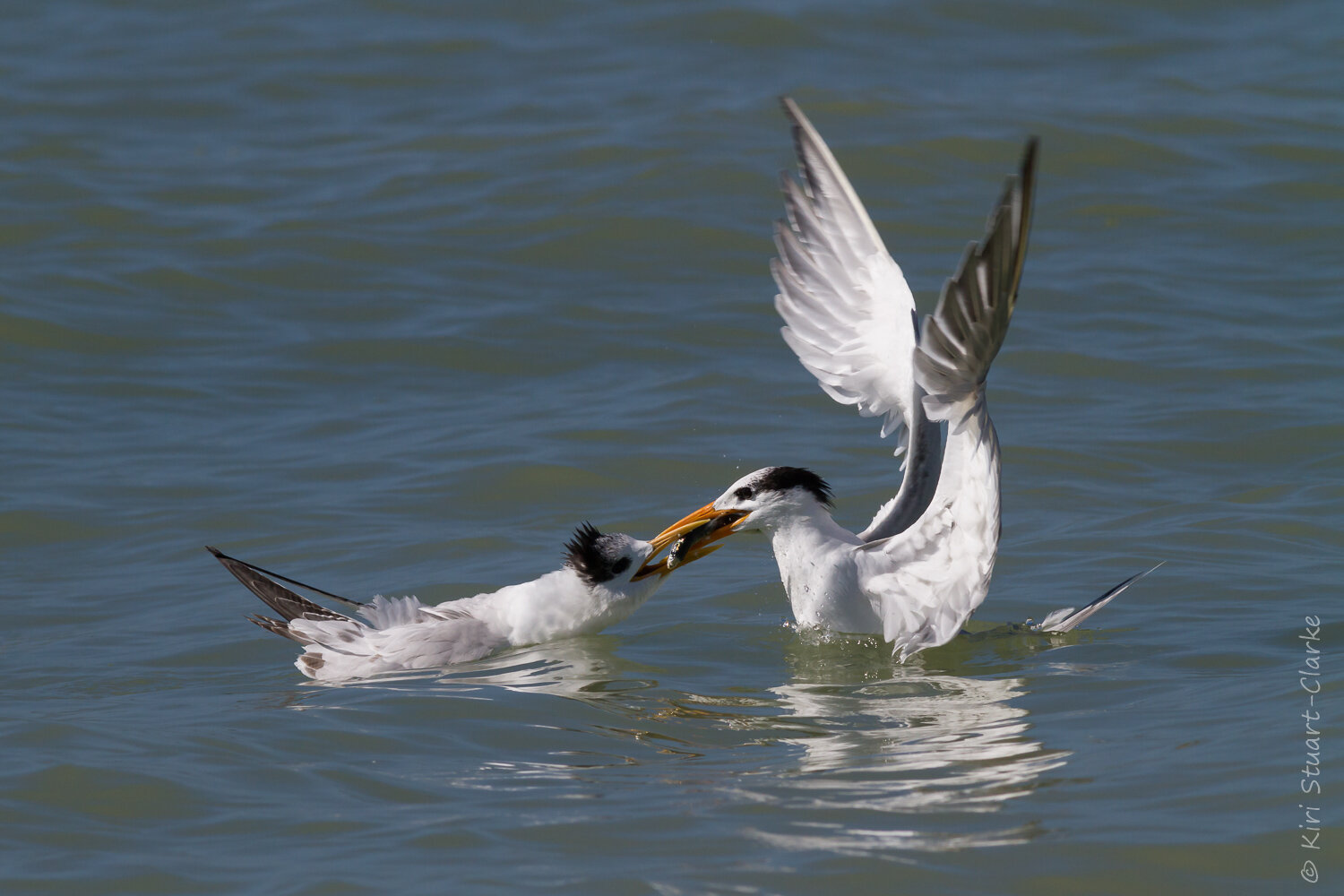
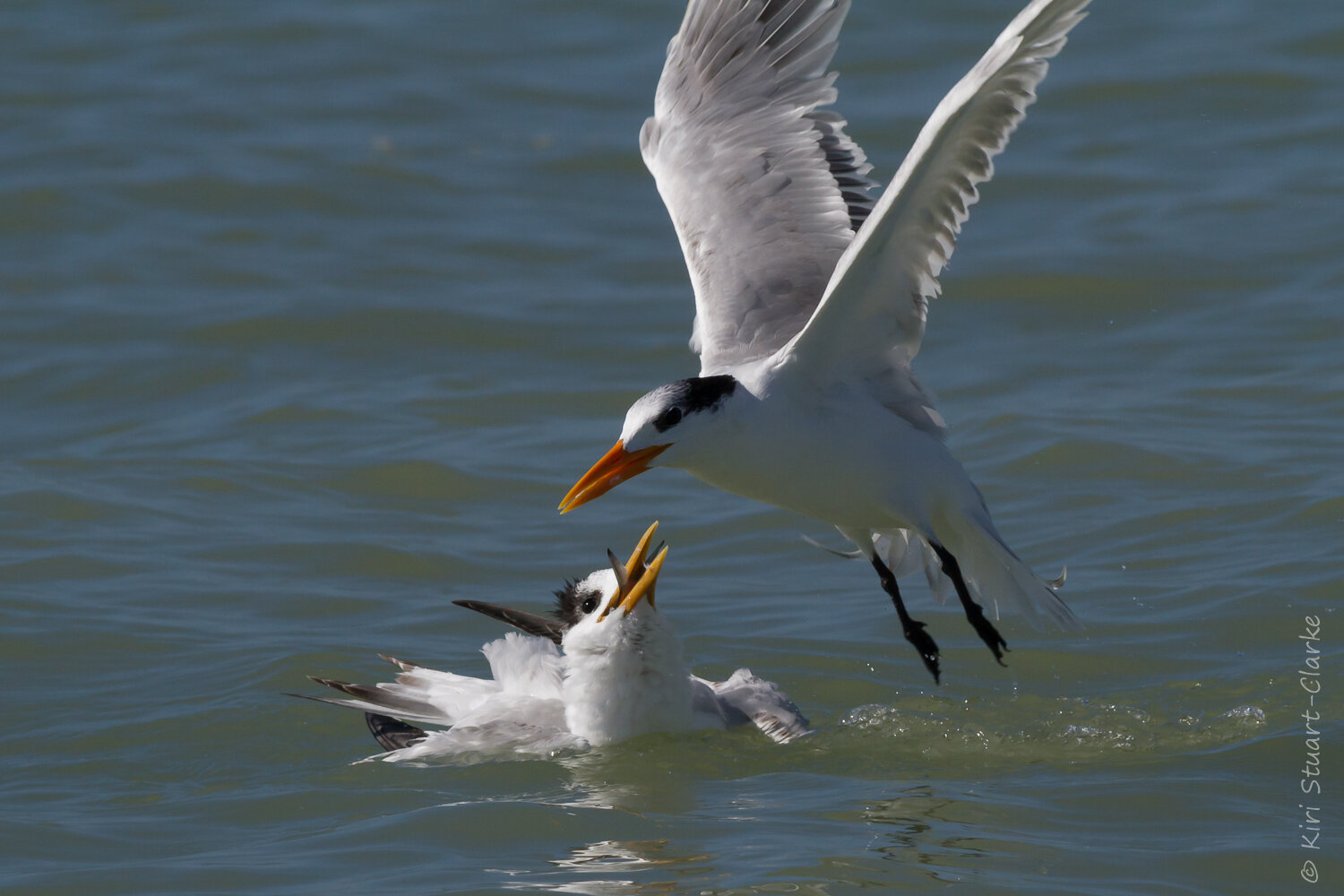
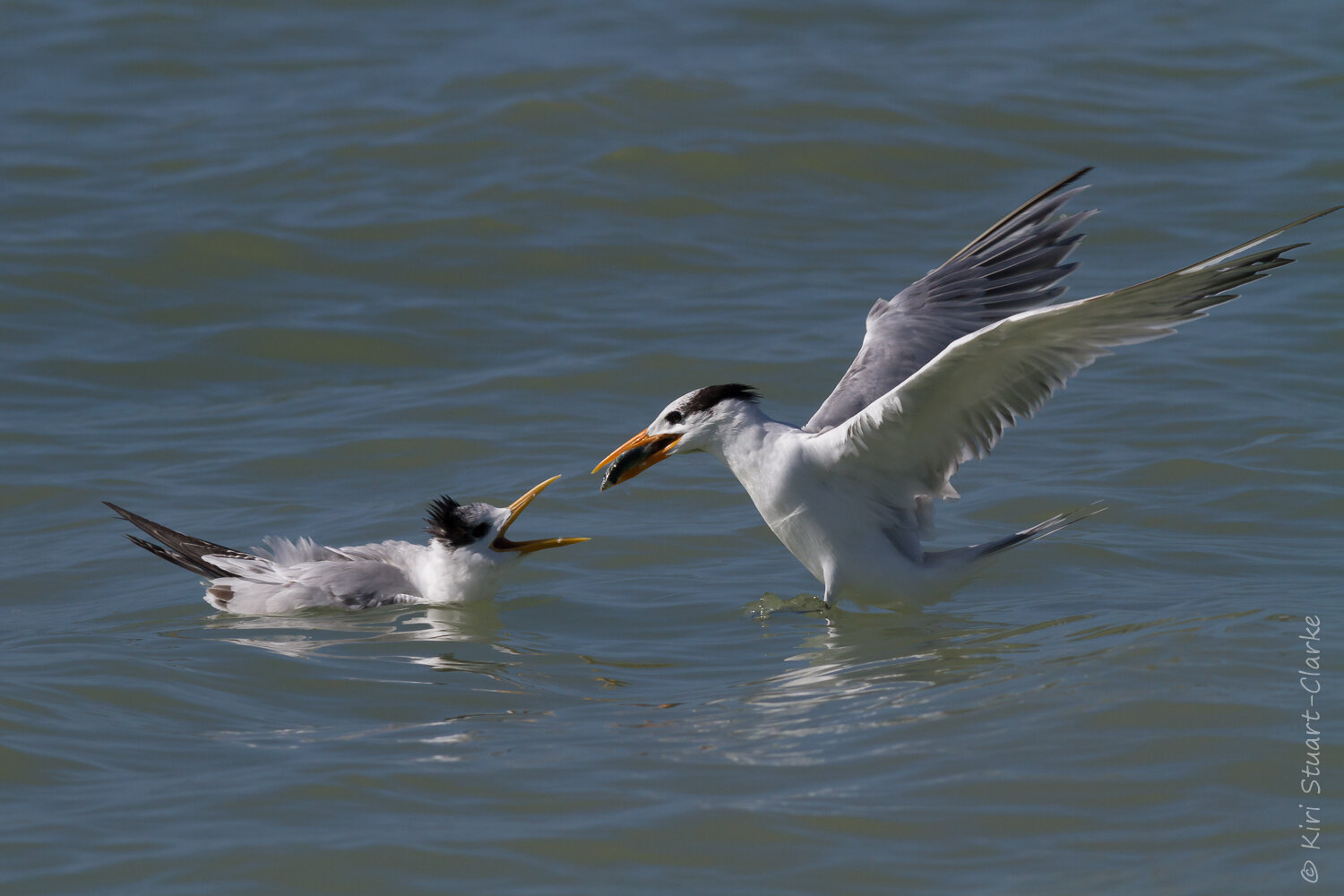
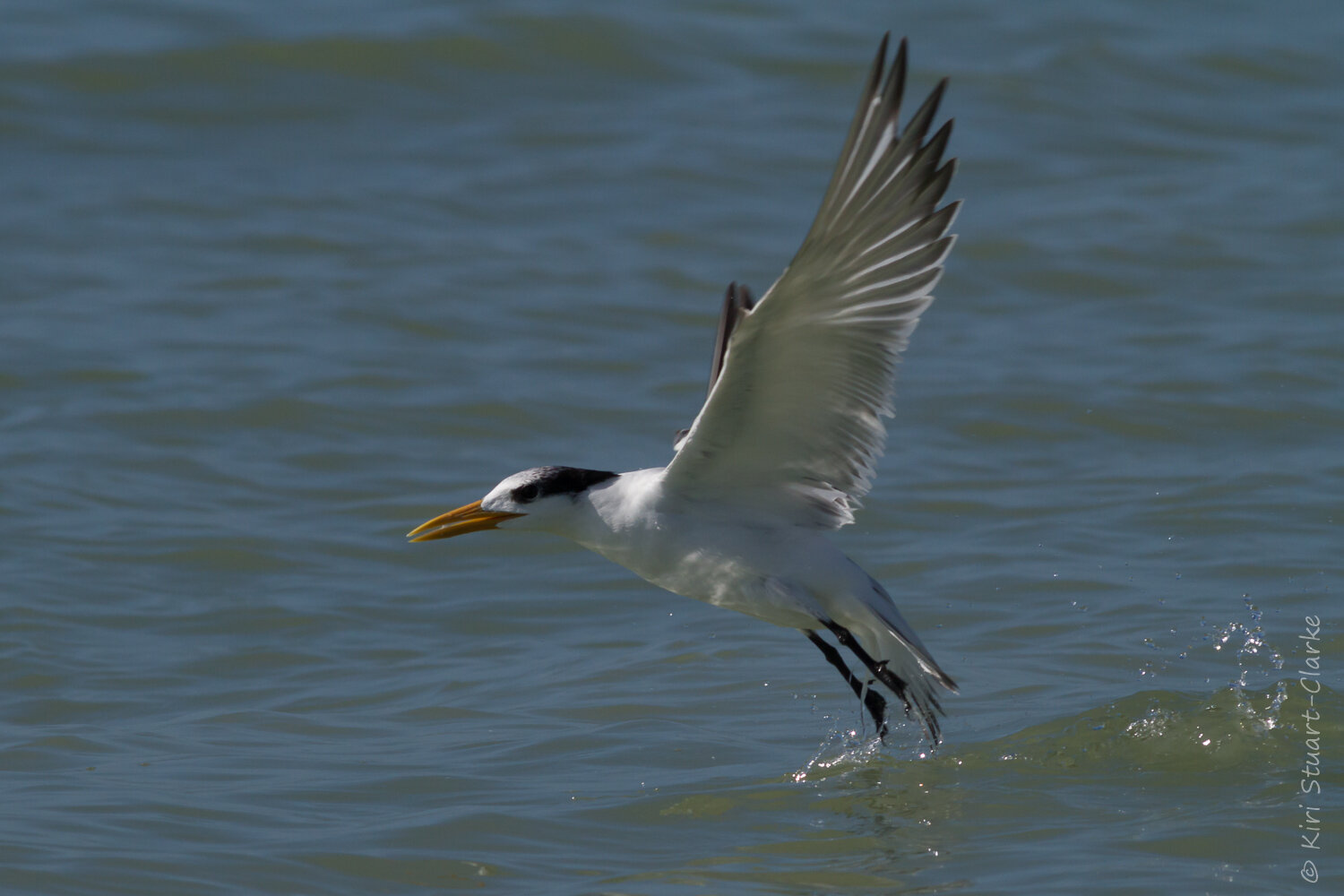
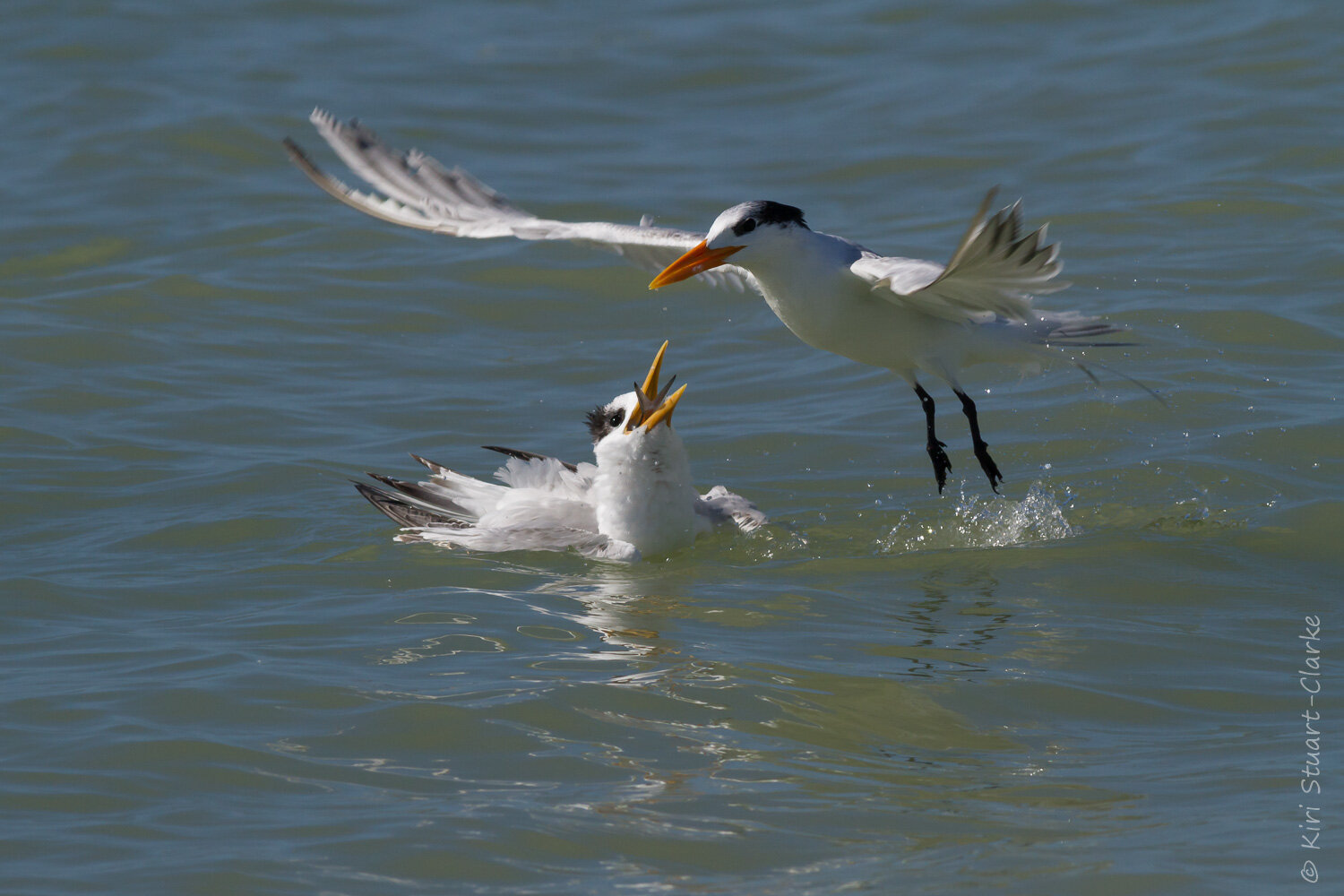
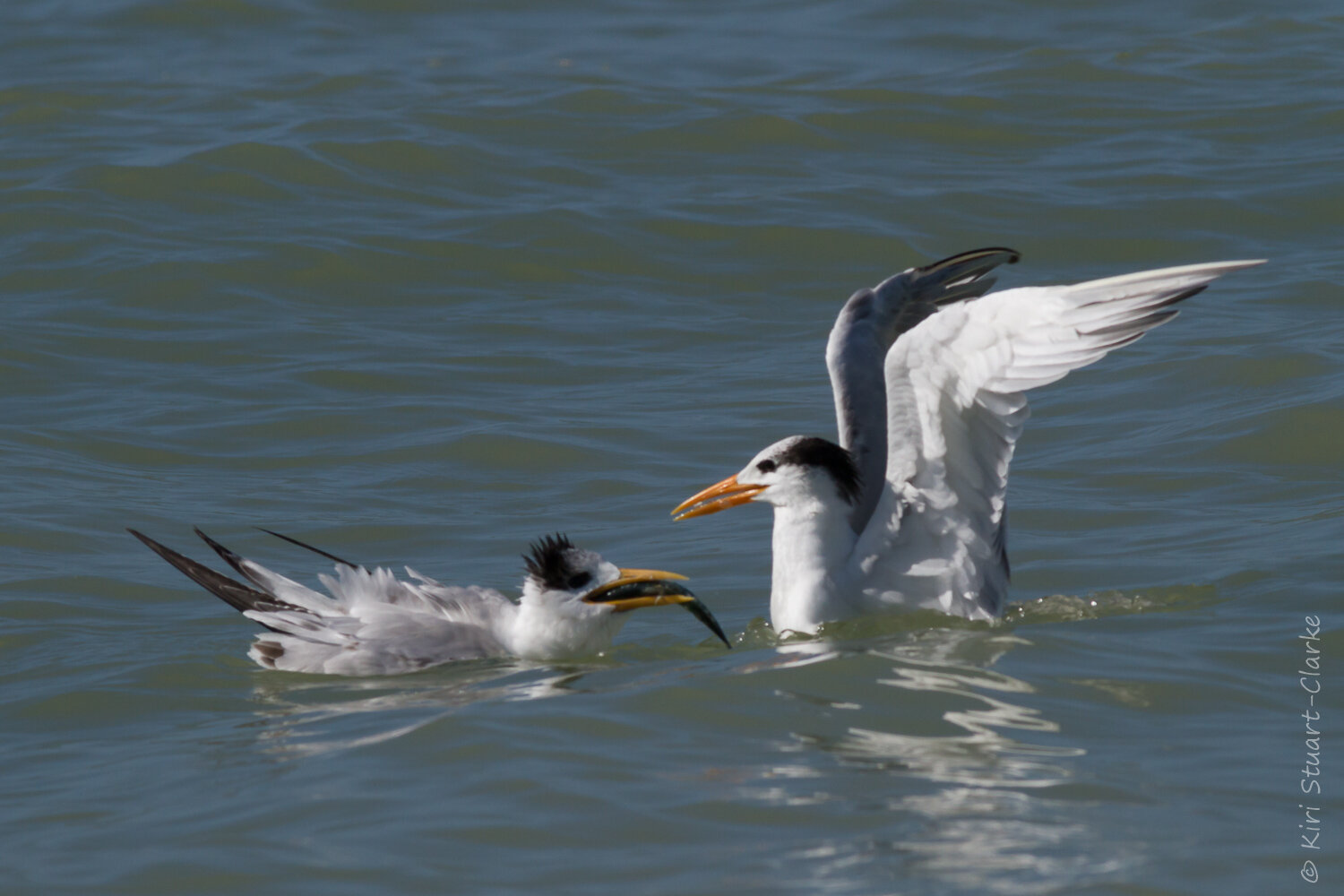
Red Deer Rut
Red Deer rut in the month of October, and there are many very accessible places you can witness this natural spectacle. I went for the first time with my husband to Bushy Park in London. The best time is at first light, before the park becomes busy with humans going about their daily activities. We arrived shortly before sunrise after a chilly clear night which had created a dense fog. As we walked into the park grounds visibility was only a few feet, and I started to hear the bellows of the rutting stags.
Photo of the Month October - Stag Silhouetted In Fog Taken: Bushy Park, London
The sound echoed in the fog and seemed to come from all sides. It was an eerie, atmospheric experience. Then gradually the fog thinned and I started to make out shadowy figures of the stags. As the mist cleared I witnessed more of the Stags' rutting behaviour - staring and snarling, licking their lips, tossing their antlers in bracken and charging each other. Within couple of hoursthe sun had risen, the park was filling with people and all the action had subsided and the deer settled down to rest. As we left it was funny to think that these joggers, dog walkers and parents with prams were using the park totally oblivious to the drama that had unfolded at first light.
Note: Please take care if you decide to visit a deer park during the rutting season. Even in parks such as Richmond, Bushy or Bradgate, where they are semi-habituated to humans, deer become extremely aggressive at this time of year. Several people are killed each year trying to approach too close to rutting deer. Do exercise caution and common sense at all times and bear in mind the following hints and tips for watching the deer rut safely without disturbing the animals:
Keep a respectful and healthy distance away at all times when observing deer and be watchful for any sign of response to your presence or disturbance. Retreat calmly straight away if you find any deer starting to stare, pull back its lips or show teeth - they are warning you you're too close and they could charge. Always move slowly and steadily and avoid sudden, unpredictable movements. Keep your arms and tripods low. Never wave or try to attract their attention. Always avoid a deer's path and move out of its route if one approaches you. Be aware of you position in the herd and avoid getting between a stag and his hareem of females or a mother and young, which could trigger an attack. Never approach a deer directly, head on or or from behind -antlers are daunting but they can buck and kick too.
